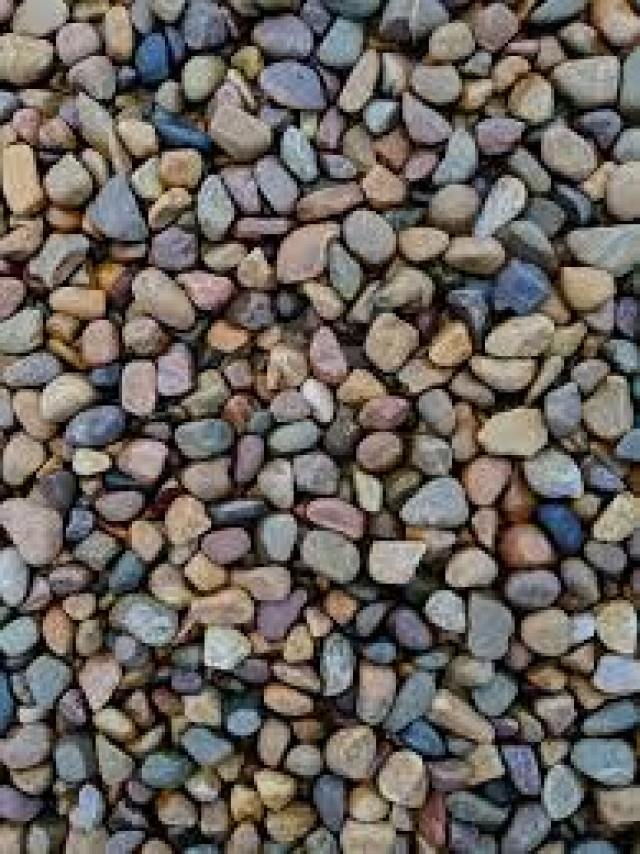Pebbles on Earth exist in two types of locations – on the beaches of various oceans and seas, and inland where ancient seas used to cover the land. Then, when the seas retreated, the rocks became landlocked.
Beach pebbles form gradually over time as the ocean water washes over loose rock particles. The result is a smooth, rounded appearance. The colors range from translucent white to black, and include shades of yellow, brown, red and green.
Inland pebbles are usually found along the shores of large rivers and lakes. These pebbles form as the flowing water washes over rock particles on the bottom and along the shores of the river. The smoothness and color of river pebbles depends on several factors, such as the composition of the soil of the river banks, the chemical characteristics of the water, and the speed of the current. Because river current is gentler than the ocean waves, river pebbles are usually not as smooth as beach pebbles. The most common colors of river rock are black, grey, green, brown and white.

